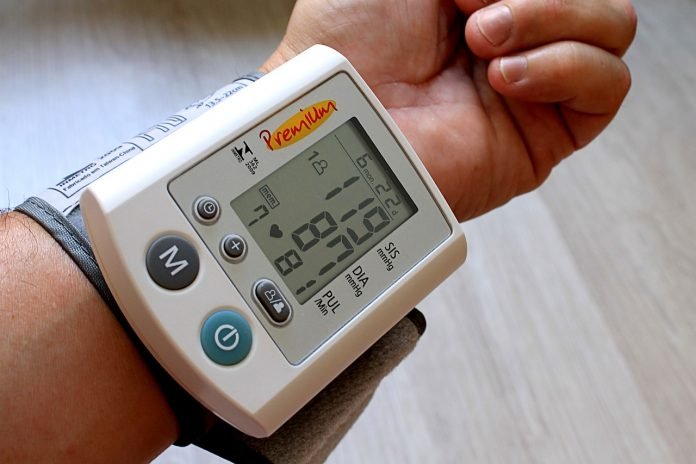
High blood pressure is a big risk factor for heart attack and stroke.
Although people can get their blood pressure checked when they visit their doctor, it is more convenient to measure and monitor blood pressure at home.
Measuring blood pressure at home can also avoid the “white coat” effect, which is a spike in readings while visiting the doctor’s office.
Experts from UT Southwestern provide some advice about how to measure blood pressure accurately at home.
Normal blood pressure is typically less than 120 for systolic (the number when your heart is contracting) and less than 80 for diastolic (when your heart is relaxed).
You need to avoid five common mistakes when you check your blood pressure:
Unsupported back or feet
This can increase your reading by 6-10points. Make sure you’re in a chair with your back supported and feet flat on the floor or a footstool.
Unsupported arm
If your arm is hanging by your side or you have to hold it up during a reading, your blood pressure numbers may be up to 10 points higher than they should be.
You should position your arm on a chair or counter so that the measurement cuff is level with your heart.
Sitting with crossed legs
While polite, it could increase blood pressure reading 2-8 points. It’s best to uncross your legs as well as ensure your feet are supported.
Talking while measuring blood pressure
This can add 10 points. Try not to answer questions or talk on the phone. Stay still and silent to ensure an accurate measurement.
A full bladder
This can add 10-15 points to your reading. You should always empty your bladder before measuring blood pressure.
To get accurate blood pressure readings, you also need to do the following things:
Measure your blood pressure when you are relaxed.
Take three measurements and then average the last two to get your numbers.
Avoid early morning readings, because blood pressure is often highest in the early morning.
Take your blood pressure readings at the same time every day.
If the readings are consistently high, see your physician.
Copyright © 2019 Knowridge Science Report. All rights reserved.



